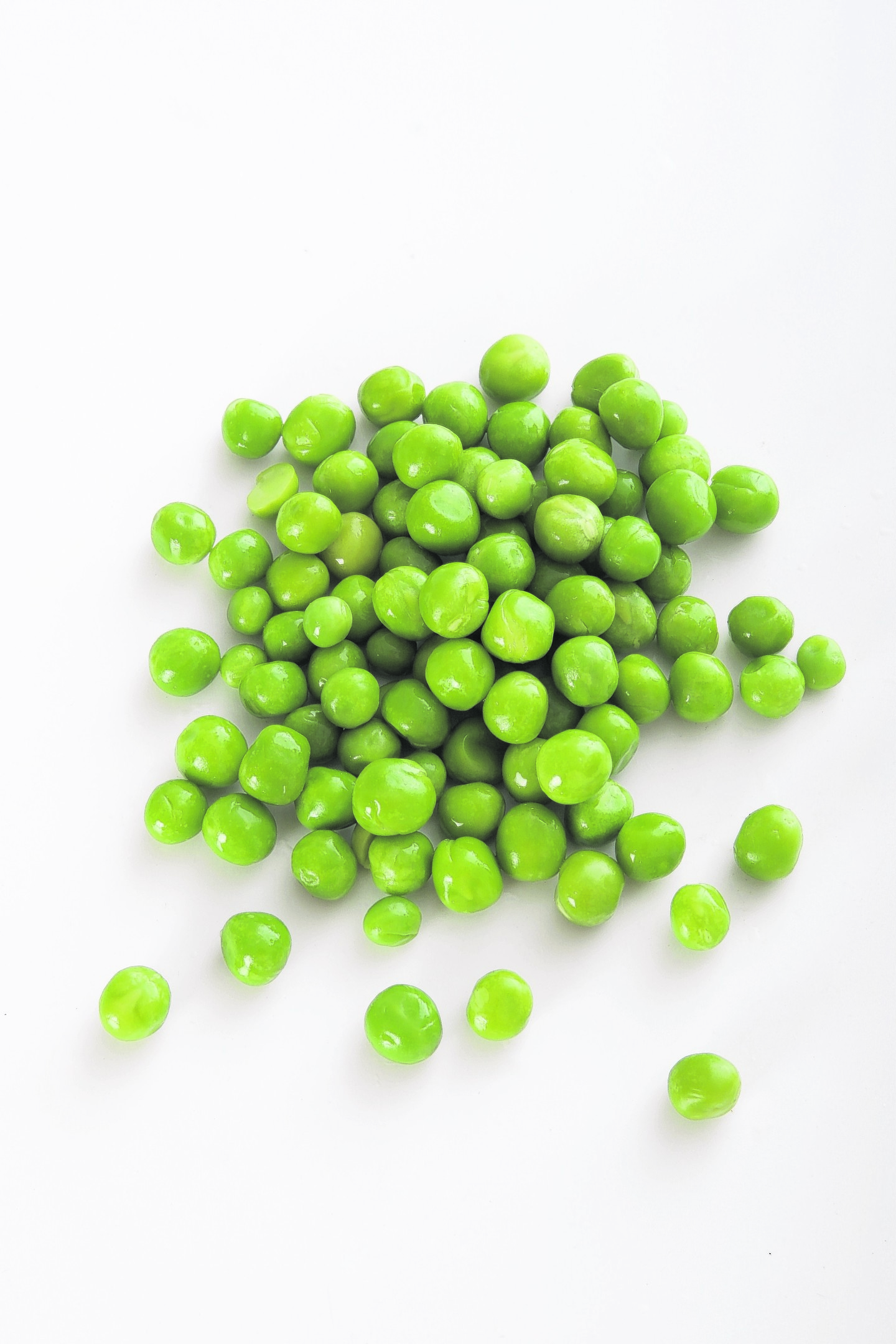Mealtimes have become all-too-common battlegrounds in British homes, with nearly half of mums saying they find it hard to get young children to try new foods – and fruit and veg often being refused altogether.
It’s something that can drive parents to distraction – yet children’s food expert Lucy Thomas insists that simply putting fun into food is the key to making kids voracious vegetable eaters.
The mum-of-one, who runs fun food classes for children aged 18 months plus, is spearheading a new campaign, £LoveGoodFood, to help show parents how to encourage young children to enjoy healthy food.
“Most parents want their children to eat well and be healthy, and have a good foundation for a healthy diet in adulthood,” she says.
“Usually that entails fruit and vegetables – but they’re what children have the most problems with. A child refusing food certainly pushes parents’ buttons – they’re so desperate for their children to have a good diet, that the pressure is on at mealtimes.”
To reduce that pressure, she says, what parents need to do is make food fun away from the meal table, encouraging children to explore, touch, play games with and sing songs about food so it becomes an enjoyable part of their life.
Ideas on how to do this are in the free Little Book Of Good Food, which has been produced as part of the £LoveGoodFood campaign run by the organic baby and toddler food company Organix.
“Grab whatever’s in the fridge, like a stick of celery,” suggests Thomas, “and ask your toddler to explore it – what does it feel and smell like, what does it sound like when you snap it? Get them doing the hokey cokey with sticks of celery.
“You’re introducing it to them at a fun level, so perhaps later when they see it at the table, they might then be willing to brush their teeth with it or lick it.”
But she stresses: “I always go by the principle of not asking children to eat, try or taste anything.
“Explore food and have fun, and give children lots of opportunities to engage with it other than just at mealtimes.”
URGH – WHAT’S THAT?
Thomas explains that eating pureed food during weaning means that when babies are eventually presented with whole food, for example broccoli, it looks so different from what the child’s used to eating that it may well be refused.
“A toddler may then seem very fussy, but really they’ve just not had enough experience of exploring and enjoying food to give them enthusiasm for it.”
She stresses that young children need to be presented with a new food at least 15 times before they might be willing to put it near their mouth.
FOOD REFUSAL
From about the age of 18 months, children go through a period of “neophobia”, says Thomas, when they suddenly restrict their diet and want to eat the same few meals repeatedly. This usually lasts until about the age of three or slightly older. It’s an inbuilt mechanism to protect from self-poisoning, explains Thomas, who says her own daughter Molly, who’s nearly two, has just changed from loving all fruit to refusing to eat any of it.
“She loved fruit – she could scoff a whole punnet of blueberries – and now she just refuses to eat it.
“But I know she’ll come back to it,” she says confidently.
JOIN IN
Thomas stresses that parents should join in the food fun themselves, and be seen to eat it as well. She suggests they spare five minutes to, say, help children peel a banana, or squash some raspberries and use the juice as lipstick.
“Children are great imitators and they want to please, so if their parents can join in as well, it engages the child and gives off the signals you want them to follow.”
She explains that after playing games and singing songs about a certain food several times a week for four or five weeks, and having tasted it in the process, a toddler will eventually decide they’d like to eat some of the food.
“Away from the table, food shouldn’t have to be about eating – if you remove that pressure and make it fun, engaging and interesting, children’s natural curiosity takes over and they pop it in their mouth.”
FRUIT & VEG FUN
- Show your child how to smell strawberries, lick them to feel the bumpiness of the seeds, and roll them gently on the table.
- Cut a grapefruit in half and have fun looking at the pattern inside. Let your child squeeze the juice into a cup.
- Buy broad beans in their pods and get your child to help you shell them into a bowl. Talk about how they feel and see who can find the biggest bean.
- Use a knife to slice through the skin of a banana into “wheels” that they can peel.
- Hide tomatoes around the kitchen or garden and go hunting for them.
- Help your child to line up carrots in order of height or how fat and thin they are.
LUCY’S TOP TIPS
- Never ask a toddler to eat, try or taste anything. Ask them to kiss, lick or crunch it instead.
- Explore the different textures of foods using a juicer, blender or grater.
- Don’t force your child to eat a meal they don’t like.
- Recognise your own hang-ups about food. Do you avoid offering certain foods to your children because you don’t enjoy them?
- Get a little messy. Let your toddler squash a tomato while you’re cooking.
- Let them have real fruit and vegetables to play with in their toy kitchen.
For the Little Book of Good Food, visit www.organix.com/lovegoodfood
